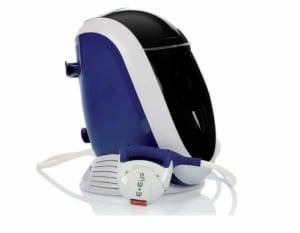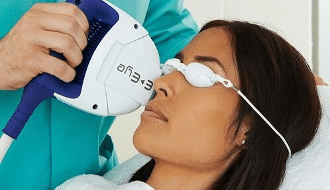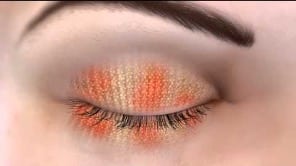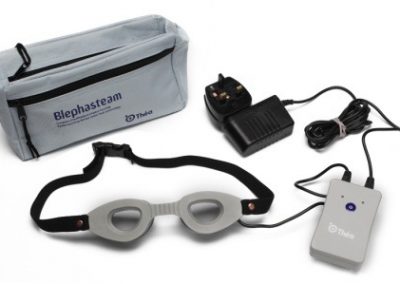Styes and Chalazions
A stye (also known as “sty” or “hodeolum”) is a reddish lump on the eyelid that is filled with pus and inflammatory cells. This occurs when an oil gland or hair follicle becomes blocked and infected. It is much like a pimple, and can be tender and painful to touch. Styes usually heal in about one week. However if it is persistent and untreated, it may continue to grow into a chalazion. A chalazion is similar to a stye in that it occurs in much the same way. However the difference is that chalazions are usually larger and may not hurt. If left untreated, a chalazion may take a few months to heal.

If you are worried about a stye or chalazion, call (07) 3345 3383 to book a comprehensive assessment.
Signs of a Stye or Chalazion
- Eyelid swelling
- Yellowish discharge
- Sensitivity to light (photophobia)
- Feeling like there’s something in the eye / or a gritty feeling
- Watery eye
- A crust that forms on the edge of the eyelid

What Causes it?
Styes are caused by a bacterial infection. Usually the bacteria grows in the root (follicle) of an eyelash and results in an infection in one of the oil glands inside the eyelid. A chalazion forms when an oil gland in the eyelid becomes blocked. If an internal stye doesn’t drain and heal, it can turn into a chalazion.
How do You Know if You Have a Stye or Chalazion?
Optometrists can diagnose these problems by closely examining the eyelid and oil glands inside the eyelid. We can also use slit lamp cameras to monitor its growth/recovery.
How to Treat Styes and Chalazions
If a stye is not getting better, book an appointment to see your optometrist. Sometimes you may need a prescription for antibiotic eye ointment, eyedrops, or oral tablets.



